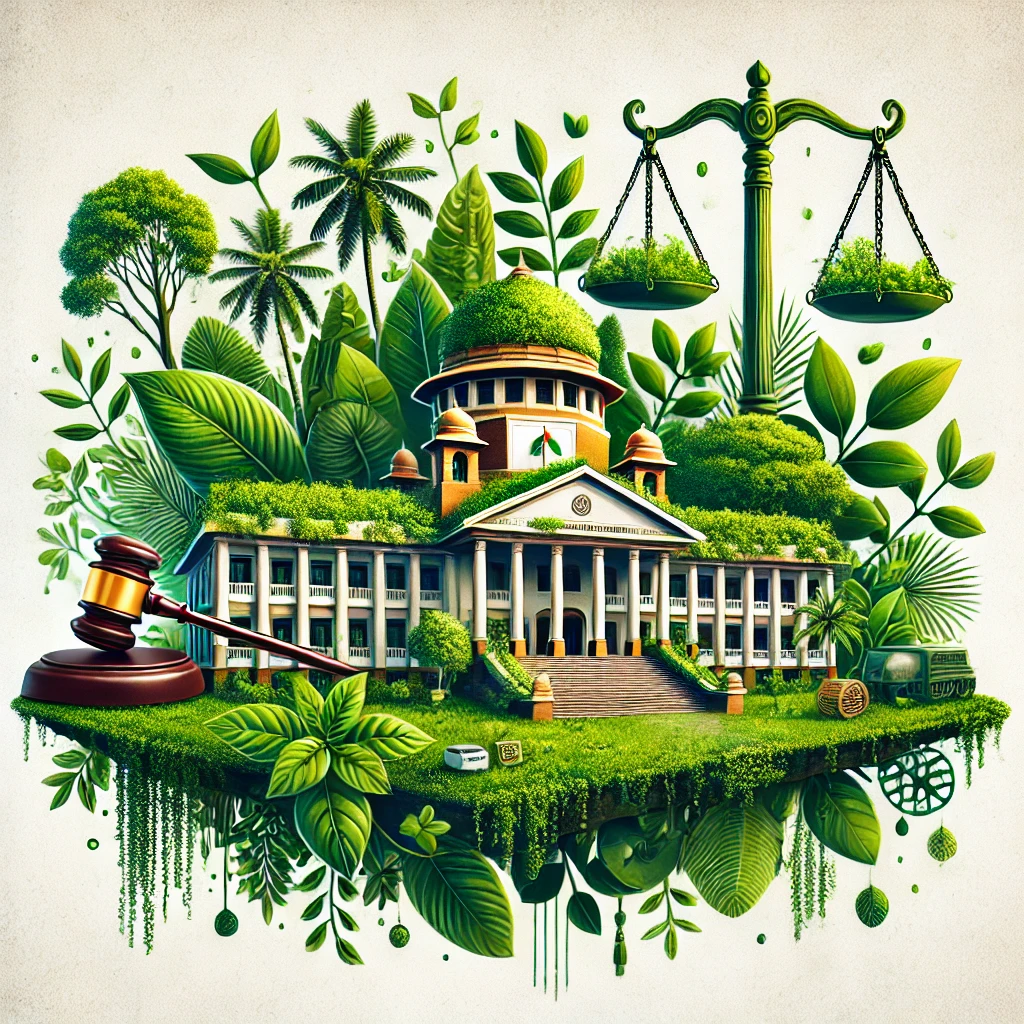Supreme Court of India Grants Legal Rights to Nature, Recognizing Rivers and Forests as “Living Entities”
- ByAdmin --
- 28 Mar 2025 --
- 0 Comments
In a groundbreaking judgment that could reshape the country’s environmental governance, the Supreme Court of India has granted legal personhood to rivers, forests, and other natural ecosystems. The move gives India’s natural environment a unique form of legal protection, allowing nature itself to be treated as a legal entity with rights, duties, and liabilities under the law.
The Case That Sparked the Historic Decision
The case was originally brought forward by a coalition of environmental groups, legal activists, and concerned citizens, alarmed by the worsening pollution levels in the Ganges and Yamuna rivers—both of which hold immense cultural, ecological, and spiritual significance in India.
Despite repeated government initiatives and judicial interventions over the years, industrial waste, untreated sewage, and encroachment have continued to ravage these rivers. Petitioners argued that traditional environmental protection laws had proven insufficient, and a new legal approach was urgently needed.
They pointed to global precedents, such as the Whanganui River in New Zealand, which was granted legal personhood in 2017, and similar constitutional changes in Ecuador and Bolivia, where nature itself was granted rights as a living entity.
The Supreme Court’s Ruling
Delivering the judgment, the Supreme Court bench made a powerful observation:
“Nature is not just a resource—it is a living entity, deserving of dignity, respect, and protection under the law.”
Key highlights of the verdict include:
• Legal Personhood for Nature: Rivers, forests, lakes, glaciers, and wildlife have now been granted the status of “living persons.” This means they can be represented in court, can sue or be sued, and must be treated as legal entities with rights.
• State Agencies as Legal Guardians: The court appointed respective state governments and pollution control boards as the “guardians” of these ecosystems. These entities are now under legal obligation to act in the best interest of nature—similar to how guardians are expected to protect minors or mentally disabled individuals.
• Stricter Accountability: Individuals or companies that cause harm to a river, forest, or other protected ecosystem may now be held liable under criminal or civil law, just as they would be if they caused harm to a person. This includes pollution, illegal construction, deforestation, or wildlife poaching.
• Right to Life for Nature: By equating environmental well-being with human rights, the court expanded the scope of Article 21 (Right to Life) of the Indian Constitution, asserting that the right to a healthy environment is also the right of the environment itself.
National and Global Significance
Legal experts and environmentalists have welcomed the judgment, calling it a “paradigm shift” in how India views and protects its natural heritage.
“This isn’t just symbolic,” said noted environmental lawyer Meenakshi Rana. “It gives the environment teeth to bite back. If a river is dammed or polluted, it can be argued that its rights have been violated—just as if a citizen had been wronged.”
The ruling also aligns India with a growing global movement toward ecocentric jurisprudence, where the rights of nature are placed at par with human rights. Countries like New Zealand, Ecuador, Colombia, and some US municipalities have adopted similar measures, creating a new legal framework for environmental justice.
Challenges Ahead
While the ruling marks a monumental step forward, questions remain about implementation. How will courts monitor compliance? What mechanisms will ensure that state governments fulfill their roles as guardians? Will this new legal standing result in faster environmental clearances or tougher penalties?
Critics argue that unless supported by institutional reforms and strict enforcement, the judgment could remain more theoretical than practical. Others worry about the potential for legal confusion in disputes involving land development or water usage.
The Bottom Line
With this ruling, the Supreme Court of India has elevated the status of the natural world to that of a living entity under the law—a revolutionary development that reflects an evolving consciousness about humanity’s relationship with the environment. It reaffirms the message that protecting nature is not merely a policy decision—it is a legal and moral imperative.
As climate change, deforestation, and pollution continue to pose existential threats, this judgment may serve as a legal blueprint for environmental justice in India and inspire similar frameworks across the globe.




























0 comments